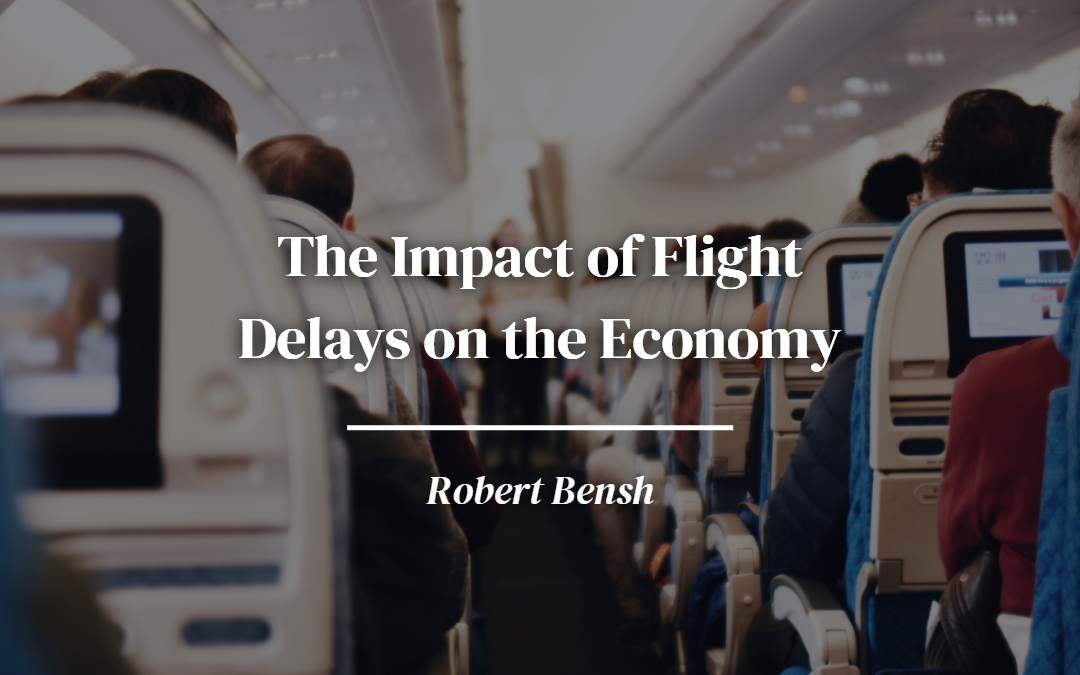It’s inevitable that flight delays will occur during the holiday season. Various factors can affect the timing of a plane’s departure, such as mechanical issues and air traffic control delays. These delays can cause both stress and money to go down the drain. Zooming out and looking at the collective impact of delays on passengers each year shows that the numbers are staggering. To understand the effects of airport delays on passengers, FinanceBuzz analyzed data from the U.S. Department of Transportation.
What causes these delays?
Although bad weather can cause flight delays, it does not appear that it is the main cause of these delays. In fact, the majority of the delays were caused by operational and infrastructure issues. The Department of Transportation defines delays and cancellations as those caused by the National Aviation System, which refers to a broad set of conditions that can affect the operation of an airport. Some of the factors that can affect the movement of planes at the 25 airports include non-extreme weather conditions, air traffic control delays, and heavy traffic volume. The Department of Transportation also noted that most of the delays and cancellations at the 25 airports are caused by the airlines’ actions. These include the availability of enough fuel, the maintenance of their planes, and loading their baggage.
Fixing the operations and infrastructure issues at U.S. airports
Due to the number of delays caused by non-weather conditions, it’s important to keep in mind what the future holds for passengers as well. According to the FAA, the demand for air travel will continue to increase over the next decade, and the growth will be concentrated at the major hub airports. Despite the agency’s efforts to address the issues caused by delays and congestion, it is still forecasting that the situation will get worse. The agency’s plans to address the issue include building new runways and increasing the number of flights to and from off-peak hours. In addition, the FAA is also working on improving the procedures and technology used by air traffic control to reduce delays and improve the efficiency of the system.
The cost of airport delays
Aside from being costly to our wallets, airport delays also have a significant economic impact. According to the Department of Transportation, the average delay in an hour costs the average traveler around $33.20. The value of travel time savings that the agency uses is a metric that it uses to measure the monetary value of traveling. In 2018, the cost of airport delays at O’Hare International Airport was $330 million. Adding up all the hours of delays that occurred at the 25 airports that were included in the list, the total cost of the delays for the passengers was almost $3.7 billion. This doesn’t take into account the additional expenses that the passengers have to pay for food, drinks, and parking. Besides the cost of the ticket, the threat of delays can also keep people away from flying. A survey conducted in 2013 by the U.S. Travel Association revealed that about 38 million people avoided flying in the previous year due to the frustration of flying. The organization estimated that the cost of lost air travel in the U.S. was about $35.7 billion annually.
